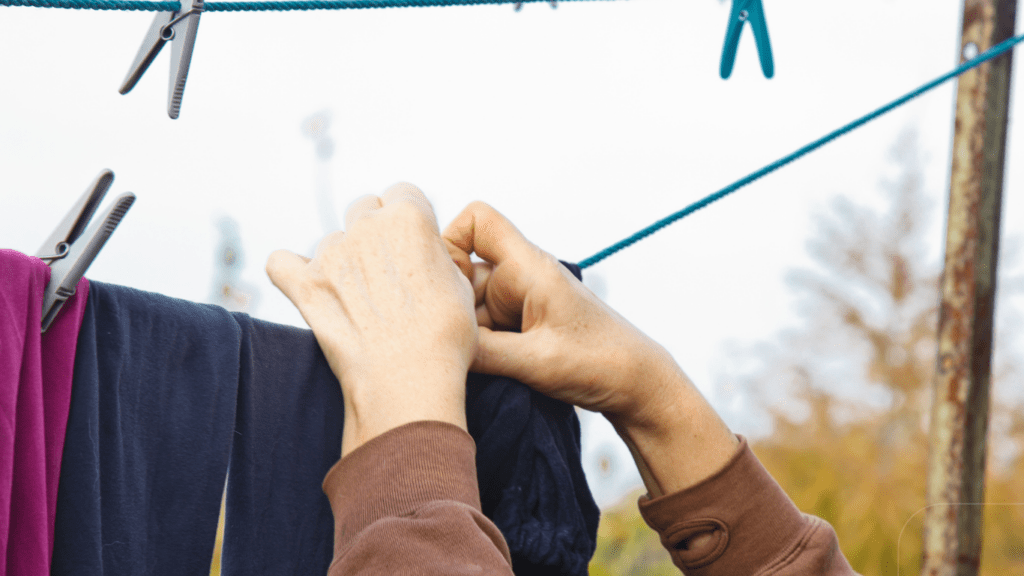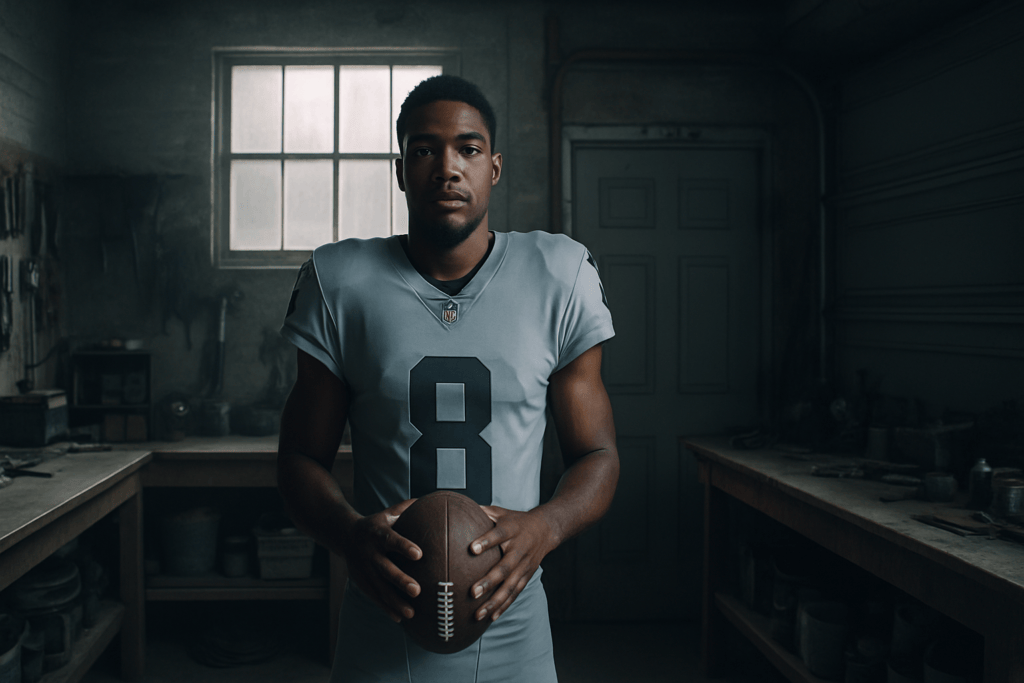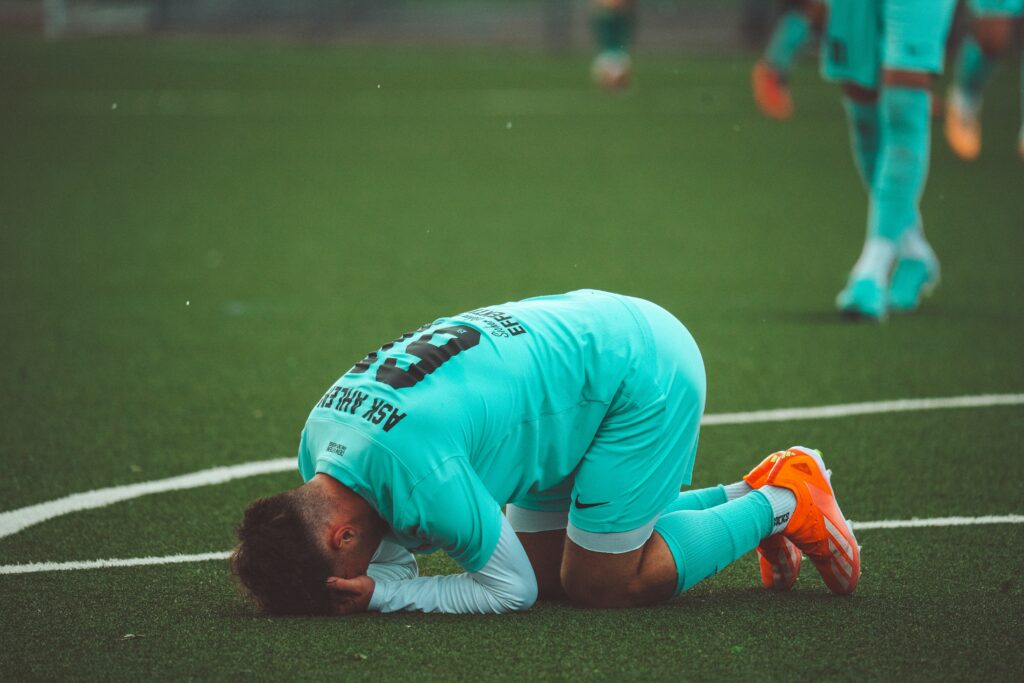As a football player, keeping your gear in top condition is crucial for both performance and safety on the field. In this comprehensive guide, I’ll walk you through the essential steps to properly care for your football pads. Whether you’re a seasoned player or just starting out, knowing how to maintain your equipment can make a significant difference in its lifespan and effectiveness during games.
From cleaning and storing to inspecting for wear and tear, taking care of your football pads is an essential part of being a responsible athlete. Neglecting proper maintenance not only compromises the quality of your gear but also puts you at risk of injury during intense gameplay. By following the tips and techniques outlined in this guide, you’ll ensure that your football pads are always ready for action when you hit the field.
Understanding Football Pad Maintenance
Properly caring for your football pads is crucial to maintain peak performance and ensure your safety during gameplay. Neglecting maintenance tasks can lead to compromised gear quality and increase the risk of injuries on the field. By following these essential tips, you can keep your football pads in excellent condition and ready for action whenever you step onto the field.
Importance of Regular Care
Regular care of your football pads is essential to prolong their lifespan and maintain their effectiveness. Cleaning your pads after each use helps prevent the buildup of dirt, sweat, and bacteria, ensuring a hygienic and odor-free experience. Additionally, inspecting your pads regularly for any signs of wear and tear, such as loose straps or torn padding, can help identify potential issues early on and prevent injuries during gameplay. Proper maintenance not only enhances the longevity of your pads but also contributes to your overall comfort and performance on the field.
Types of Football Pads
Football pads come in various types, each serving a specific purpose in protecting different parts of the body during play. The most common types of football pads include shoulder pads, which protect the shoulders and chest; hip and tailbone pads, which safeguard the hips and lower back; thigh and knee pads, which provide cushioning for the thighs and knees; and neck rolls, which support the neck and reduce the risk of neck injuries. Understanding the purpose and placement of each type of pad is essential for proper care and maintenance to ensure optimal protection during games.
Cleaning Your Football Pads
To ensure the longevity and effectiveness of your football pads, proper cleaning is essential. Taking care of your pads not only maintains their quality but also plays a crucial role in your safety during games.
Pre-Cleaning Preparation
Before diving into the cleaning process, it’s important to prepare your football pads properly. Start by gathering the necessary supplies such as a mild detergent, water, a soft-bristled brush, and a clean cloth. Inspect the pads for any visible dirt, mud, or stains, and remove any loose debris.
- Begin by filling a tub or sink with lukewarm water and adding a small amount of mild detergent.
- Submerge the pads in the soapy water and gently scrub them with a soft-bristled brush to remove dirt and grime.
- Pay close attention to areas with straps or Velcro closures as they tend to accumulate more dirt.
- Rinse the pads thoroughly with clean water to remove any soap residue.
- Use a clean cloth to pat the pads dry and allow them to air dry completely before storing them.
Proper cleaning of your football pads after each use is vital to ensure their durability and effectiveness on the field. By following these simple steps, you can maintain your pads in top condition and extend their lifespan while prioritizing your safety during gameplay.
Drying and Storage Techniques
When it comes to caring for your football pads, proper drying methods and effective storage are essential to maintain their quality and maximize their lifespan. In this section, I’ll discuss the best practices for drying your pads and offer tips for storing them correctly.
Proper Drying Methods

After cleaning your football pads, it’s crucial to ensure they are thoroughly dried before their next use. Here’s how I recommend drying your pads:
- Air Drying: After cleaning, place your pads in a well-ventilated area away from direct sunlight. Ensure they are laid flat to allow for even drying. It’s best to rotate the pads occasionally to speed up the drying process.
- Use of Fans: If you need your pads to dry quicker, using fans can be beneficial. Position fans near the pads to promote air circulation and aid in faster drying. Avoid using high heat as it can damage the pads.
- Avoiding Heat Sources: Refrain from using heat sources such as dryers or heaters to dry your pads. High heat can deform the pads’ shape and compromise their protective capabilities.
Tips for Effective Storage
Proper storage is key to keeping your football pads in good condition when not in use. Here are some tips for effective storage:
- Clean Before Storage: Always ensure your pads are clean and completely dry before storing them. Lingering moisture can lead to mold or mildew growth, affecting the integrity of the pads.
- Ventilated Storage: Store your pads in a cool, dry place with adequate ventilation. Avoid enclosed spaces or airtight containers that can trap moisture and cause odors.
- Avoid Compression: To prevent deformities, avoid storing heavy items on top of your pads. Keep them in a position where they can maintain their shape and padding effectiveness.
By following these proper drying techniques and storage tips, you can prolong the life of your football pads and ensure they provide optimal protection during games.
Regular Maintenance and Check-Up
To ensure my football pads remain in optimal condition, I prioritize scheduling regular inspections and knowing when it’s time to replace them.
Scheduling Regular Inspections
I make it a point to inspect my football pads regularly. By checking them frequently, I can identify any signs of wear and tear early on, ensuring that they provide the necessary protection during games. Regular inspections also help me address any issues promptly, such as loose padding or damaged straps, before they escalate into more significant problems. I recommend inspecting your football pads after every use to maintain their quality and effectiveness.
When to Replace Football Pads
Knowing when it’s time to replace your football pads is crucial for your safety and performance on the field. I replace my pads when I notice visible signs of damage, such as torn padding or frayed straps, that cannot be effectively repaired. Additionally, if the pads no longer fit properly or have lost their original shape, it’s time to invest in new ones. Keeping track of the age of your pads is also essential, as older pads may not provide adequate protection due to wear and compression over time. I ensure that I replace my football pads at least every two to three years, even if they appear to be in good condition, to maintain peak performance and safety during games.

 Danielo Fleischeronic is the visionary founder of Awesome Football Network, a premier destination for in-depth football coverage and analysis. His commitment to the sport is reflected in the platform's rich content, which includes breaking news, match analyses, and expert commentary. Danielo’s extensive knowledge and passion for football drive the network’s mission to provide fans with the latest insights and updates from around the world.
In addition to his role as founder, Danielo is also an accomplished article writer. His writing covers a broad spectrum of football-related topics, from tactical breakdowns to player profiles, offering readers a comprehensive understanding of the game. Through his work, Danielo aims to enrich the football experience for enthusiasts and professionals, making Awesome Football Network a trusted resource in the football community.
Danielo Fleischeronic is the visionary founder of Awesome Football Network, a premier destination for in-depth football coverage and analysis. His commitment to the sport is reflected in the platform's rich content, which includes breaking news, match analyses, and expert commentary. Danielo’s extensive knowledge and passion for football drive the network’s mission to provide fans with the latest insights and updates from around the world.
In addition to his role as founder, Danielo is also an accomplished article writer. His writing covers a broad spectrum of football-related topics, from tactical breakdowns to player profiles, offering readers a comprehensive understanding of the game. Through his work, Danielo aims to enrich the football experience for enthusiasts and professionals, making Awesome Football Network a trusted resource in the football community.
